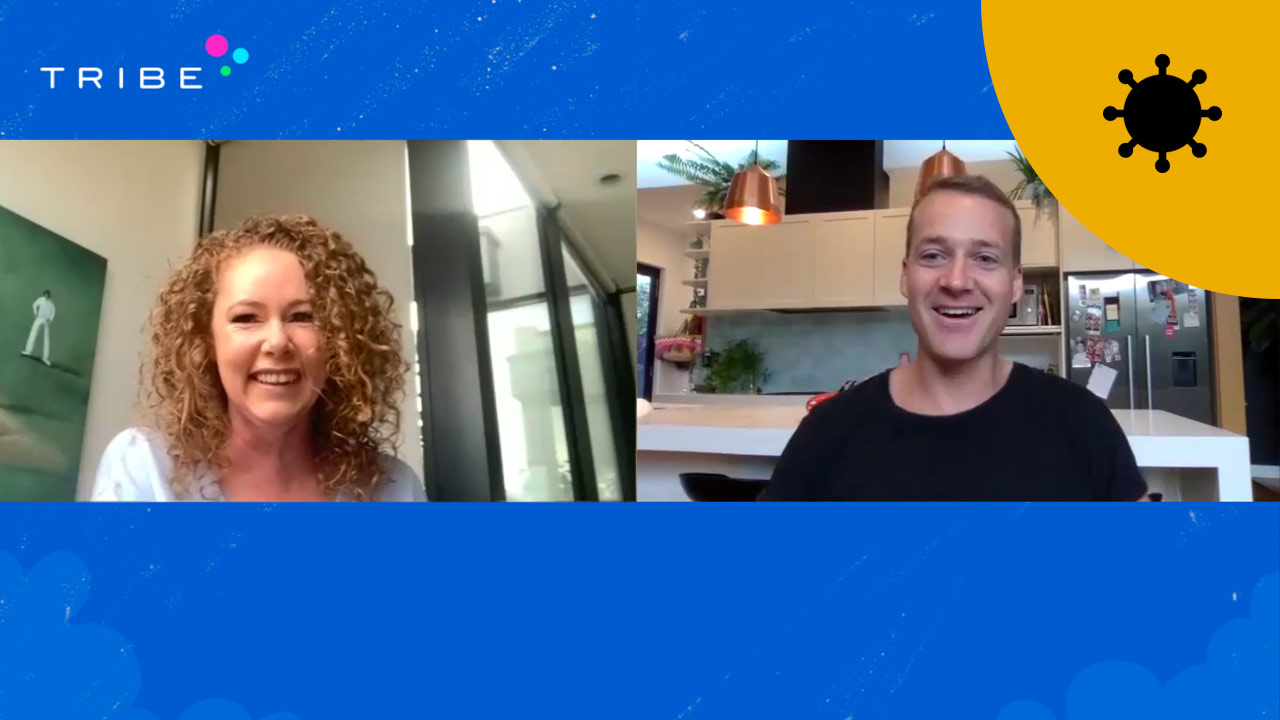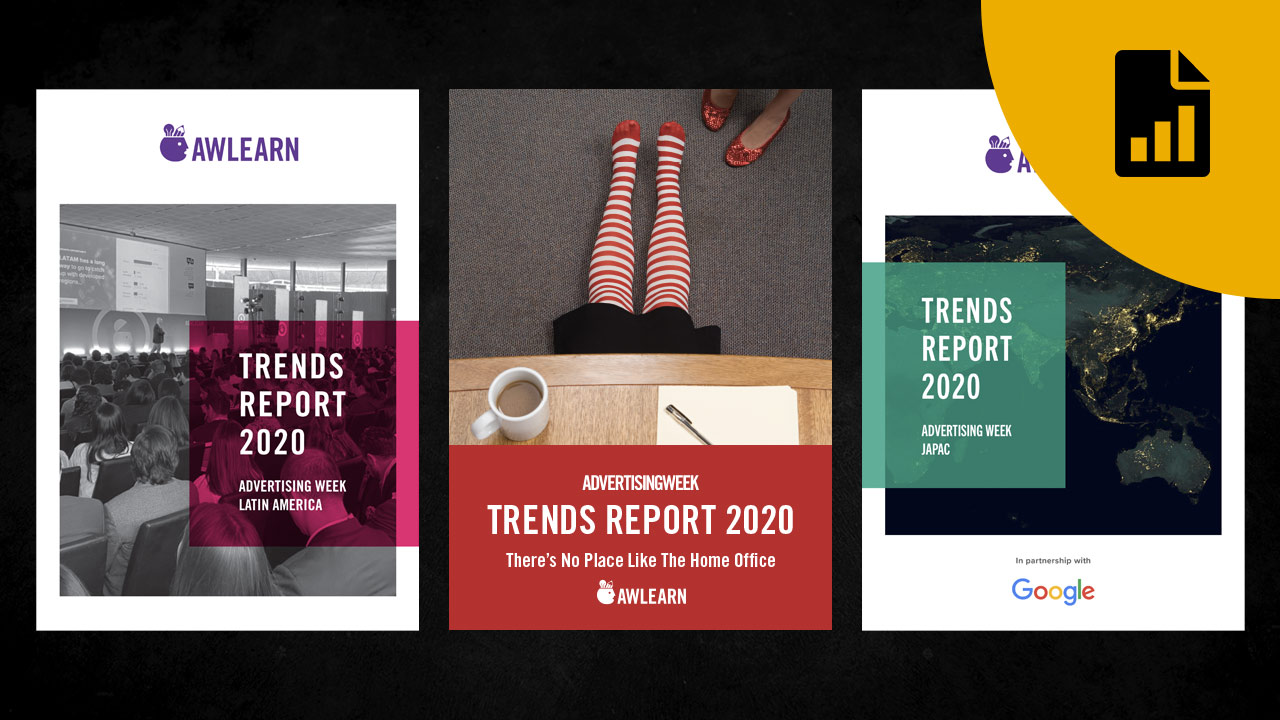Adam Jacobs, a founding member of THE ICONIC and recently presented at the ADMA Global Forum 2022.
1. You co-founded The Iconic over a decade ago now. Can you tell us about the challenges you faced in the early years and the things you learned?
Back in 2011, the Australian retail industry did not believe in e-commerce. The only group that did were shoppers, and they found better shopping experiences overseas. So a lot of money was heading out of Australia.
But at the time I was reminded of a Peter Thiel quote. Its message is that, ‘every great startup is sitting on a secret when they’re founded’.
And the secret we were sitting on was that online shopping can be a better experience than bricks and mortar shopping, and not just for price-driven shopping.
So the first challenge was inspiring fashion brands. We had to paint a picture of where retail was going in Australia, and we used the United States and Europe to prove this. We showed the successes of forward thinking brands that adopted online early, and what it did for their traffic, brand awareness, sales and customer base.
The second big challenge was logistics. We went from 50 staff to 500 staff in three years and moved warehouses four times within our first six months. Handling the logistics of that growth, specifically in warehousing and delivery, was paramount. Our processes were changing every single day.
The third challenge was around hiring. We hired a lot of young people who were hungry to learn, as well as some experienced talent from Europe. The combination saw us build a passionate culture that didn’t believe in saying something’s not possible, just because it hasn’t been done before.
2. What were your priorities in developing The Iconic’s website? How has The Iconic’s team worked to constantly improve the customer journey?
Our user experience was developed by looking at best practice overseas, trial and error and listening to our customers.
We wanted the fashion product to be the hero, and we were always concerned with how many clicks it took until someone landed on a relevant catalogue page. We also needed the imagery to sing, so we set up a big photo studio operation from day one.
We were obsessed with the checkout experience and worked hard to make it frictionless. We also really cared about the rank order of items on a catalogue page, because we knew from the funnel just how important it was.
The last element was the returns process. We didn’t look at it as a cost centre for the business, we saw it as a way to create loyal customers through a risk-free experience.
3. How has the business utilised data-driven marketing to reach a larger audience and grab their attention?
The way you set up good infrastructure for data-driven marketing today looks nothing like it did 10 years ago! At the time, we had a clunky data warehouse with all sorts of sources, and a full-time team trying to make sense of it.
But we put a lot of time into the attribution model, and then we really lent into digital marketing. We were probably one of the first retailers in Australia to use retargeting really effectively.
4. More recently you’ve co-founded Hatch, an employment pairing business with a strong social conscience. Can you tell us more about its genesis and where you see the business heading?
Work and hiring is something I knew a bit about through building The Iconic. I wanted to use this experience to create a meaningful change.
Today’s employment marketplaces are primarily job boards which still reflect employment principles from the 20th century. It was time for a totally new type of employment marketplace that matches people to teams based on who they are as a person.
In five years time, I want to see Hatch become one of the largest employment marketplaces in the world. I want to help people connect for meaningful work, based not on shallow virtue signals on a resume, but a deeper understanding of who someone is and what their strengths are. This should unlock new pathways for everyone, at any stage of their career.
5. What would be your three best tips to people who are looking to turn an idea into a living, functioning business?
The first is one I stole from Fred Schebesta, Co-Founder of Finder.com.au. He told me that if you’re sitting on an idea and you’re not sure whether it’s got legs, tell it to 10 people you love and who want you to succeed. A week later, ask them how many people they told. If they didn’t tell anyone – drop it straight away. If they each told more than four or five people, you’re onto something.
A second tip would be that there’s so many ways to put up a minimum viable product (MVP). Technology has become really accessible, so looking into an MVP is one of the first things you should do.
The third thing is to talk to a lot of people who experience the pain you’re interested in. Any idea is about solving a problem, and you want to make it your best friend.
6. And finally, with both The Iconic and Hatch, is there anything you would do differently if you had your time again?
This is a bit philosophical – but I would try to enjoy it more along the way! Building a business is filled with a gazillion daily decisions and stresses. You have to deal with a lot of interpersonal challenges within an organisation, and it can take up a lot of headspace and attention.
I have a critical mindset of myself where I’m always reflecting on what I could be doing better, what I did wrong, and where my gaps are. It does give me a drive to improve, but sometimes I need to stop, take a breath, feel proud and enjoy the moment.




